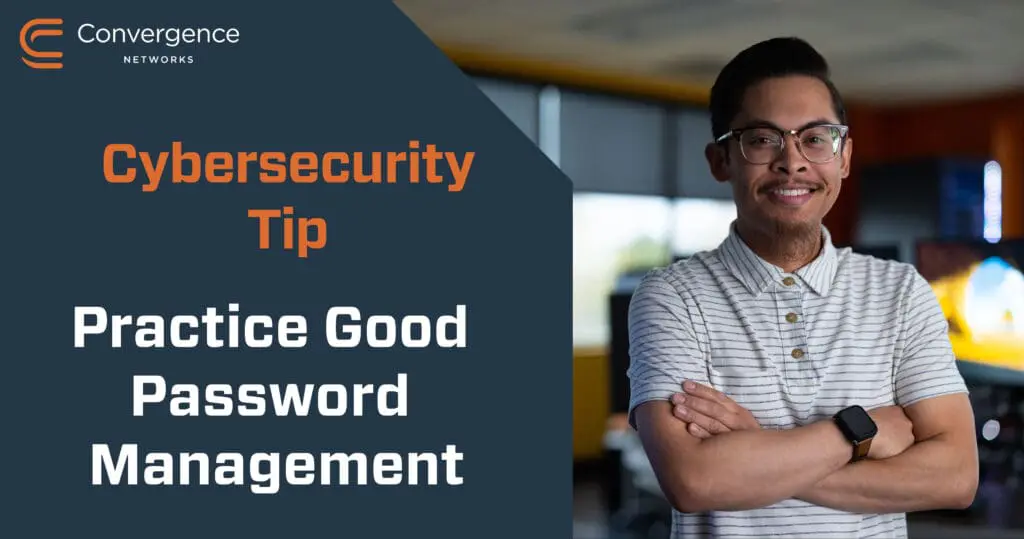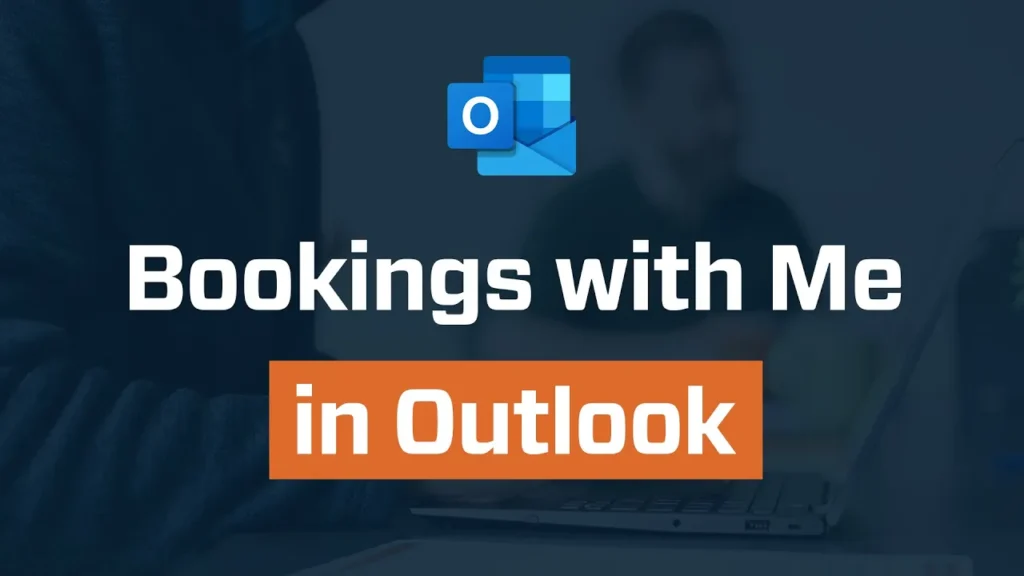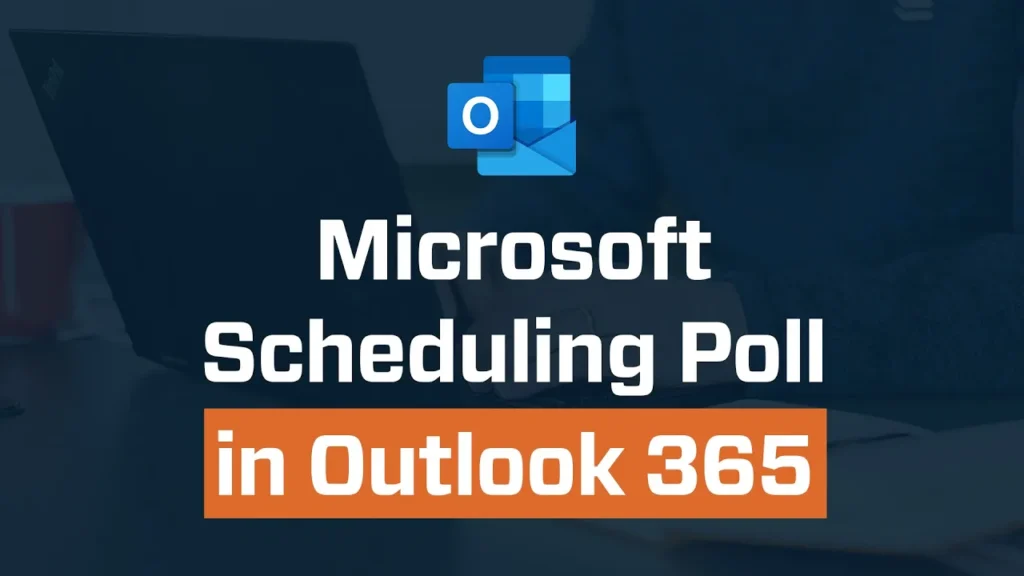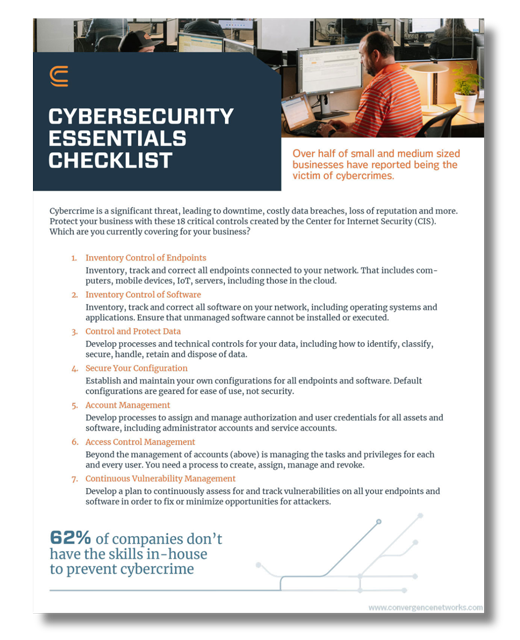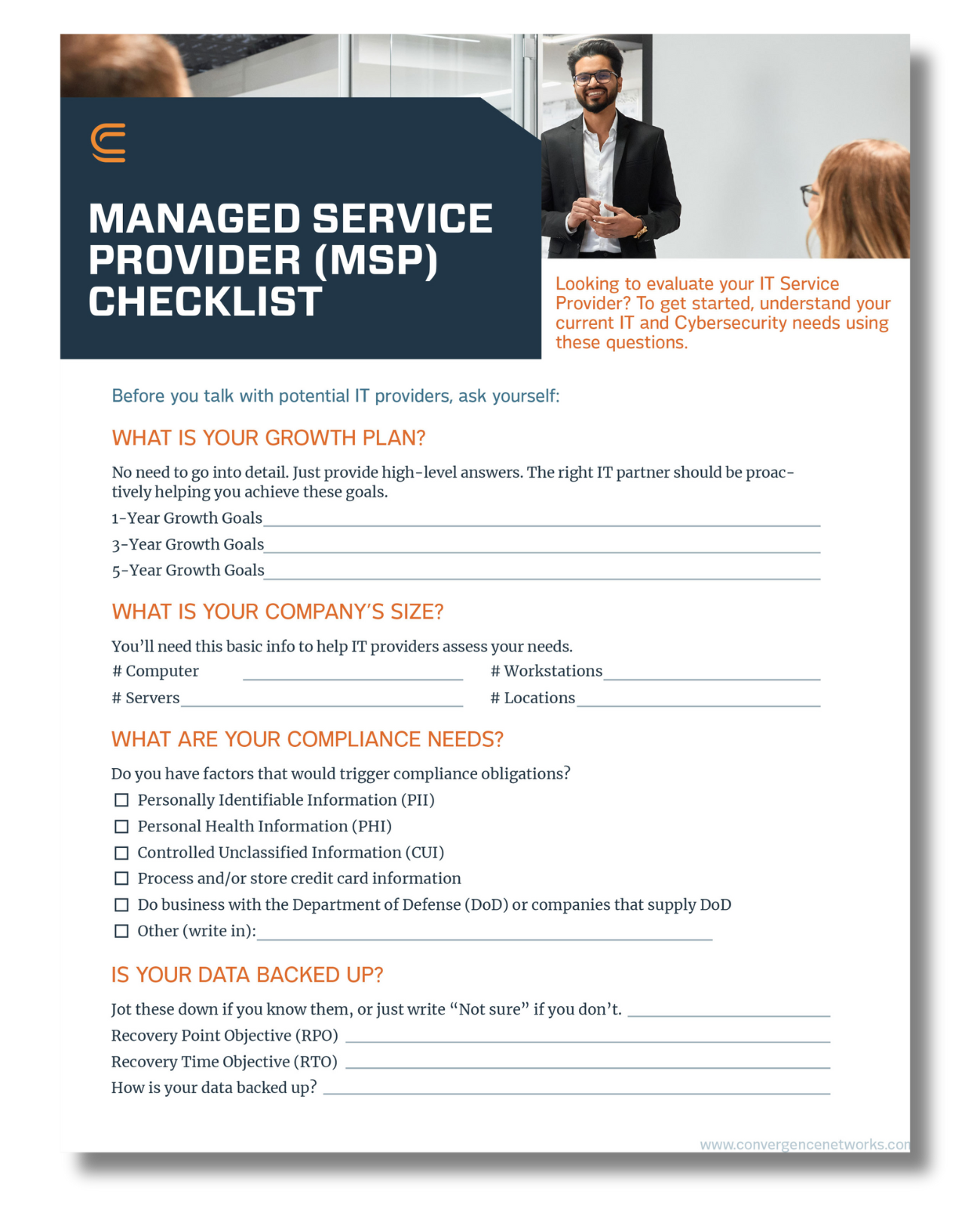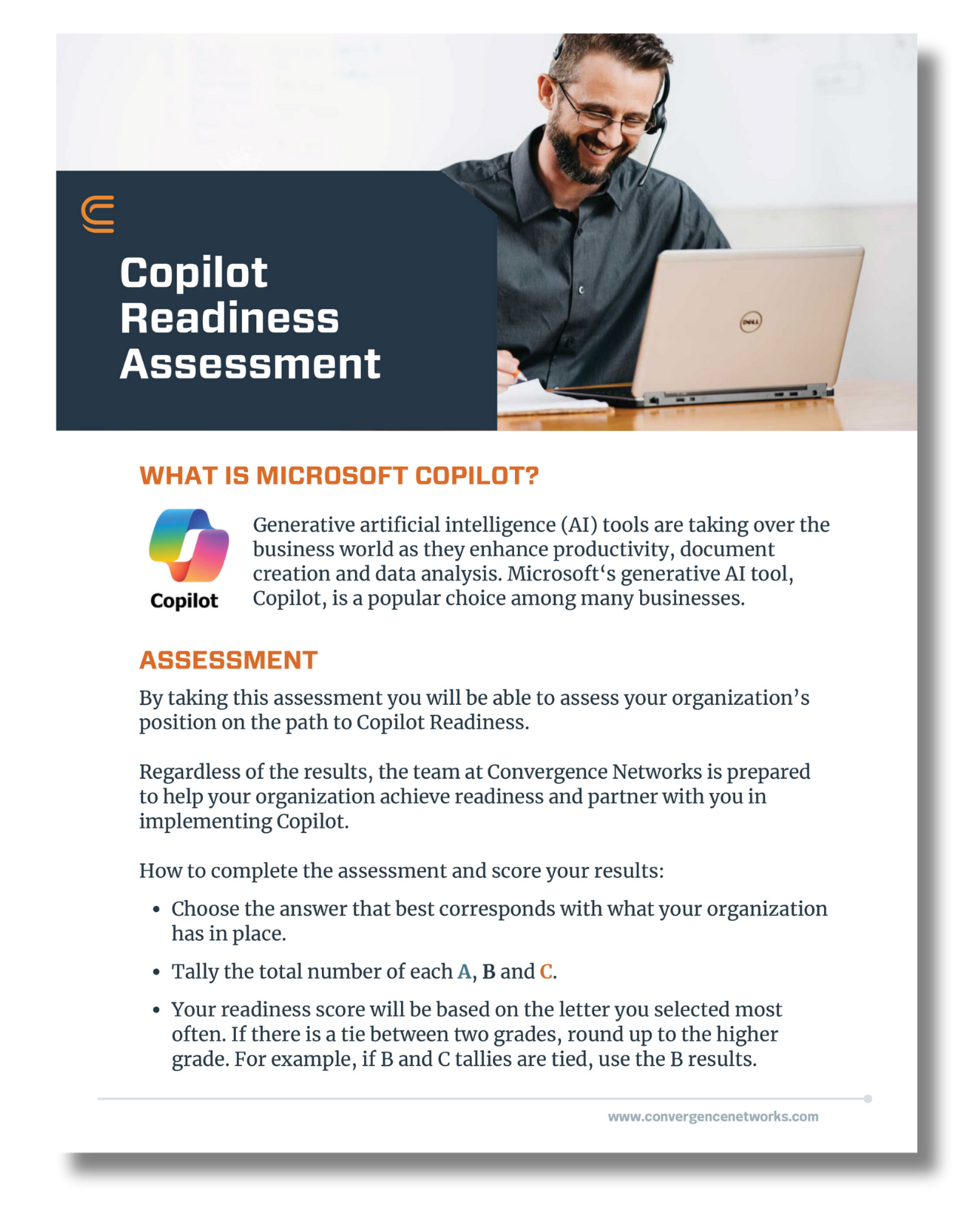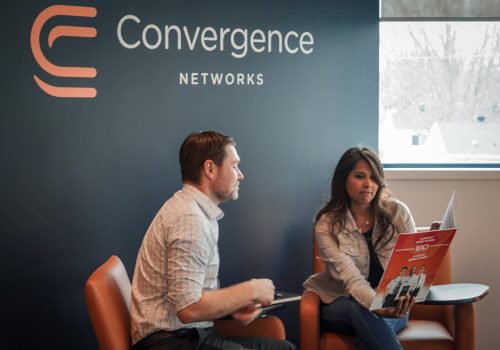Today, cyber threats are everywhere and often the threats start with phishing emails – the most persuasive and dangerous form of cybercrime. In fact, last year 94% of cyber decision makers had to deal with a phishing attack. With the increase in AI, we can only expect phishing attacks to become more advanced.
Phishing emails are designed to trick recipients into disclosing sensitive information, clicking on malicious links, or downloading harmful attachments. However, with the right knowledge and tools, you can spot phishing attempts and protect yourself and your organization from falling victim to these scams. Here are 10 essential tips to help you detect phishing emails:
1. Verify the sender’s identity: When you receive an email, don’t solely rely on the display name. Cybercriminals often use spoofed email addresses that mimic legitimate ones. Always double-check the sender’s email address to confirm its authenticity. If you notice any discrepancies or suspicious domains, it’s a red flag indicating a potential phishing attempt.
2. Hover Before You Click: One of the most effective ways to identify phishing emails is by hovering your mouse over links before clicking on them. This action allows you to preview the URL and assess its legitimacy. If the link directs you to a suspicious website or an unfamiliar domain, refrain from clicking on it and report the email to your IT security team immediately.
3. Watch Out for Spelling and Grammar Errors: Phishing emails often contain spelling mistakes, grammatical errors, or awkward phrasing. These errors can be a telltale sign of a phishing attempt, as legitimate organizations typically have proofreaders or editors to ensure their communications are error-free. If you notice any language inconsistencies or grammatical anomalies, proceed with caution, and scrutinize the email further.
4. Assess the Situation and Context: Take a closer look at the email’s content and context. Does it address you by name, or does it use generic salutations like “Dear Customer” or “Valued Member”? Phishing emails often lack personalization and may contain vague or urgent requests designed to evoke an emotional response. Be wary of emails that pressure you to take immediate action without providing sufficient context or explanation.
5. Question Requests for Personal or Sensitive Information: Legitimate organizations will never ask you to provide sensitive personal or financial information via email. Be skeptical of emails requesting passwords, account numbers, or other confidential data, even if they appear to come from trusted sources such as banks, government agencies, or reputable companies. When in doubt, contact the organization directly through official channels to verify the authenticity of the request.
6. Beware of Urgency Tactics: Phishing emails often employ urgent tactics to create a sense of panic or pressure. They may claim that your account has been compromised, your payment is overdue, or you need to verify your identity immediately to avoid consequences. Take a moment to assess the situation calmly and critically evaluate the legitimacy of the email. Genuine organizations typically communicate important matters through multiple channels and provide clear instructions without resorting to scare tactics.
7. Verify Email Signatures: Legitimate emails from reputable organizations typically include detailed signature blocks with the sender’s name, job title, contact information, and company logo. If an email lacks a proper signature or contains incomplete or inconsistent information, it could be a sign of a phishing attempt. Always scrutinize email signatures for authenticity and verify the sender’s identity before engaging with the email further.
8. Exercise Caution with Attachments: Email attachments can harbor malware, ransomware, or other malicious software designed to compromise your device or network. Exercise caution when opening attachments, especially if they come from unknown or unexpected sources. Be wary of attachments with unusual file names, extensions, or icons, as these may indicate a phishing attempt. Before downloading or opening an attachment, verify the sender’s identity and consider using antivirus software to scan it for potential threats.
9. Trust Your Instincts: Intuition is a powerful tool in the fight against phishing attacks. If something feels off or too good to be true, trust your instincts and proceed with caution. Cybercriminals often prey on emotions like fear, curiosity, or greed to manipulate their victims into taking action. If an email seems suspicious or raises any doubts, err on the side of caution and report it to your IT security team for further investigation.
10. When in Doubt, Contact Your IT Team: No matter the time or your concern, If you receive a suspicious email or suspect that you’ve been targeted by a phishing attack, don’t hesitate to reach out to your IT Team for assistance. We would rather have you send something that turns out to be legitimate than put your organization at risk.
Detecting phishing emails requires a combination of vigilance, critical thinking, and cybersecurity awareness. By following these 10 tips and remaining diligent in your email practices, you can safeguard yourself and your organization from falling victim to phishing scams. Download our brochure below and share it with your team.
Remember, when it comes to cybersecurity, it’s better to be safe than sorry. Stay informed, stay cautious, and stay secure.
Measure Your Risk – Test Your Team with a Phishing Test
The best way to stay safe from an attack is to be prepared! Prepare your team for potential phishing attacks with real-life simulations through a Phishing Test. Our phishing simulation projects are designed to be a point-in-time evaluation of your team’s cybersecurity awareness and help you identify what risk levels are present. Using mock phishing emails, we will test your employees to help them understand the different forms of attack methods. Through these tests users learn to identify phishing attempts and ultimately to reduce cyber risk.
If you are ready to take proactive steps to protect your organization against phishing attacks, contact us or speak to your Convergence Networks representative to book a Phishing Test.






